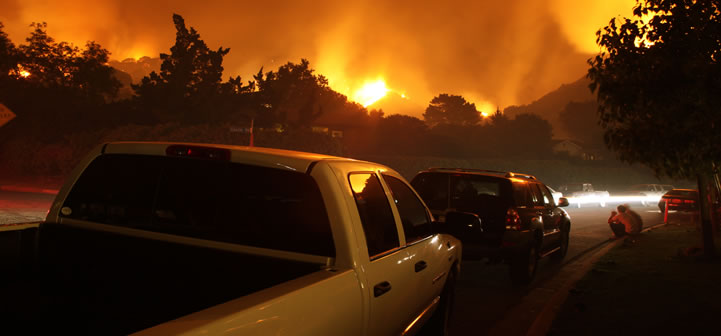Unwanted noise can lead to a variety of health problems, including anxiety and hearing loss. Using plants, berms, and solid barriers together with water wise plants is an effective way to reduce unwanted sound.
Plants and other soft surfaces absorb and scatter soundwaves. Plants are also aesthetically pleasing. Using plants alone, however, is the least effective method for noise reduction in places with limited space.
Although expensive, if space is not a constraint, creating a natural or forested area might …

